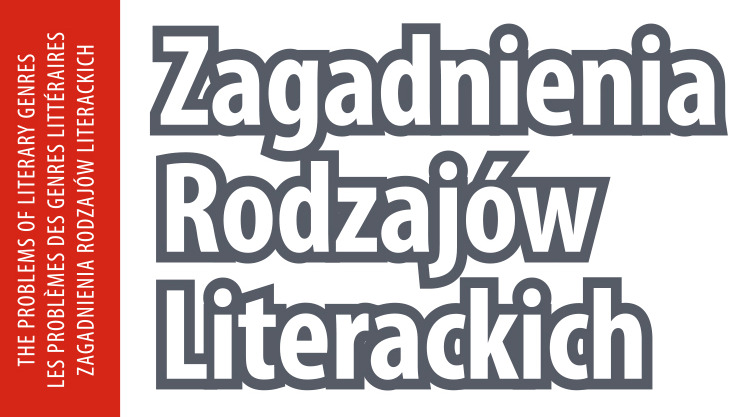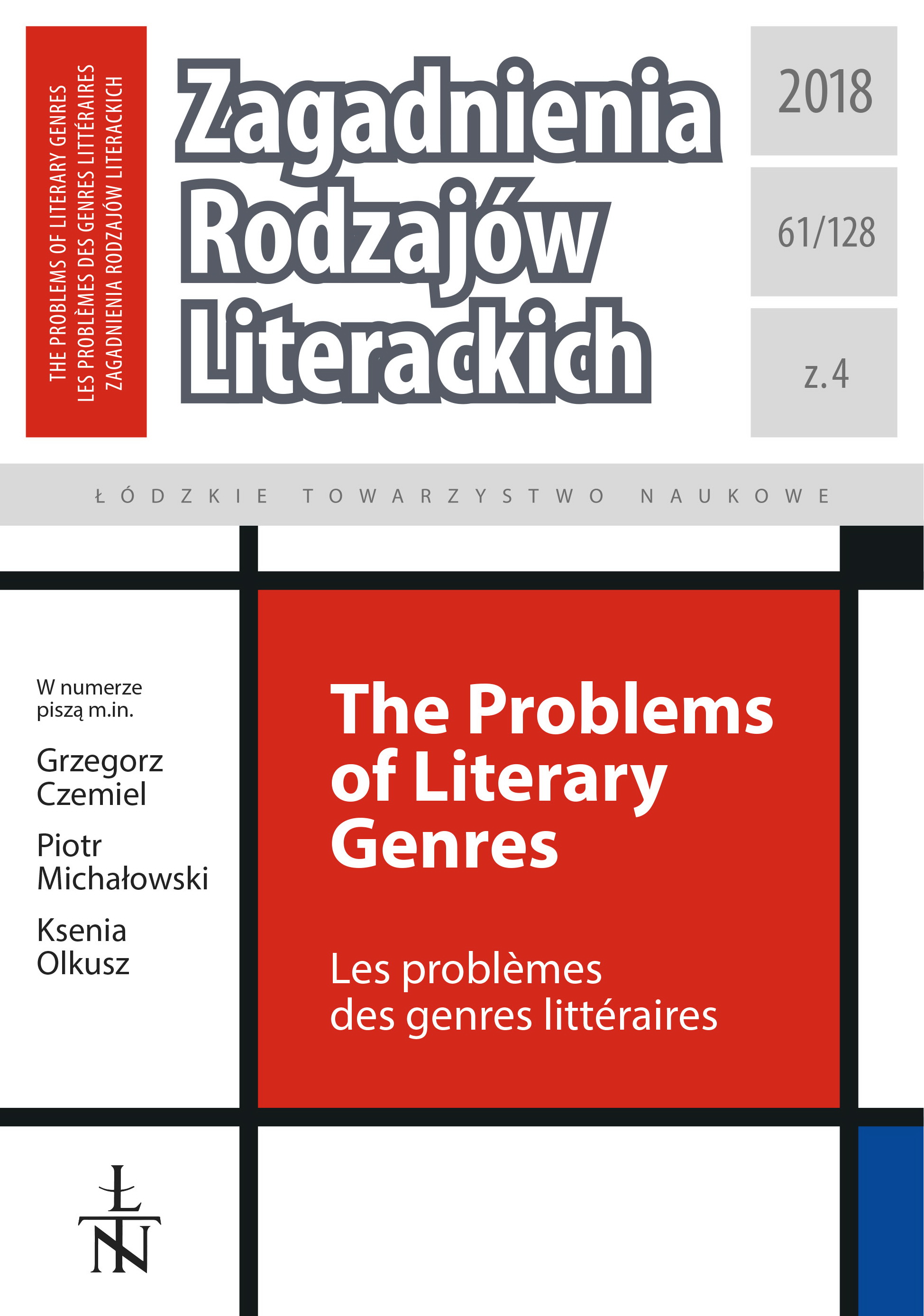A Cognitive Poetic Approach to Paratext: Horace Walpole’s Prefaces to The Castle of Otranto. A Gothic Story
-
DOI:
https://doi.org/10.26485/ZRL/2018/61.4/4Słowa kluczowe:
cognitive poetics, paratext, Ronald W. Langacker, intersubjectification, Current Discourse Space, Horace Walpole, The Castle of OtrantoAbstrakt
Based on an analysis of two Prefaces to Horace Walpole’s The Castle of Otranto. A Gothic Story, the paper offers a cognitive poetics view of paratext, a literary device defined by Genette as “a threshold of interpretation”. Viewed as a symptom of the author’s presence “with-in” and “with-out” text, paratextual information is held to play an important role in text interpretation. It is claimed that a literary work’s interpretation is a result of the speaker/author – hearer/reader meaning negotiation which takes place in the Current Discourse Space (Langacker 2008) and involves intersubjectification, a cognitive process referred to by Langacker as “apprehension of other minds” (Langacker 2007).
Liczba pobrań
Brak danych dotyczących pobrań.
Pobrania
Opublikowane
2019-04-16
Jak cytować
Kędra-Kardela, A. (2019). A Cognitive Poetic Approach to Paratext: Horace Walpole’s Prefaces to The Castle of Otranto. A Gothic Story: -. Zagadnienia Rodzajów Literackich, 61(4), 55–70. https://doi.org/10.26485/ZRL/2018/61.4/4
Numer
Dział
Artykuły







